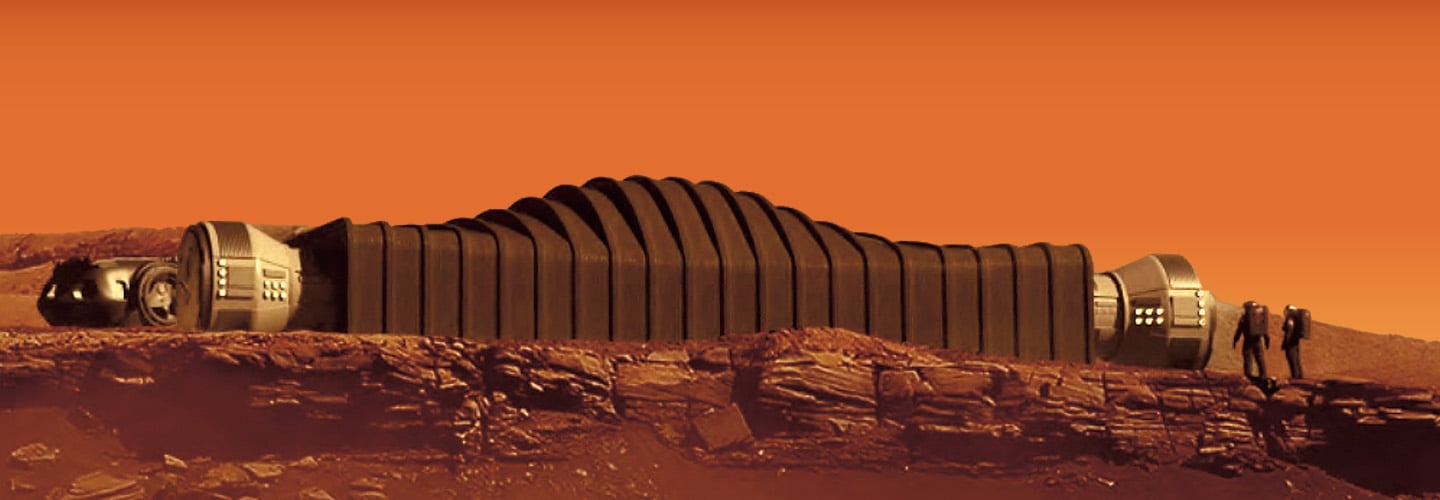Last summer, Nathan Jones moved to a new home on Mars! Well, that’s not exactly true. Jones didn’t really leave Earth. He’s one of four volunteers living in a special base in Houston, Texas.
Their mission is known as CHAPEA. Its goal is to simulate what a year on Mars might be like. NASA, the U.S. space agency, is preparing to land the first astronauts on Mars in the 2030s.
“It makes me proud that I’m helping humans get to Mars,” Jones says.
Last summer, Nathan Jones moved to a new home on Mars! Well, that’s not exactly true. Jones didn’t really leave Earth. He’s one of four volunteers living in a special base. It’s in Houston, Texas.
Their mission is known as CHAPEA. Its goal is to simulate what a year on Mars might be like. NASA is the U.S. space agency. It’s preparing to land the first astronauts on Mars in the 2030s.
“It makes me proud that I’m helping humans get to Mars,” Jones says.

